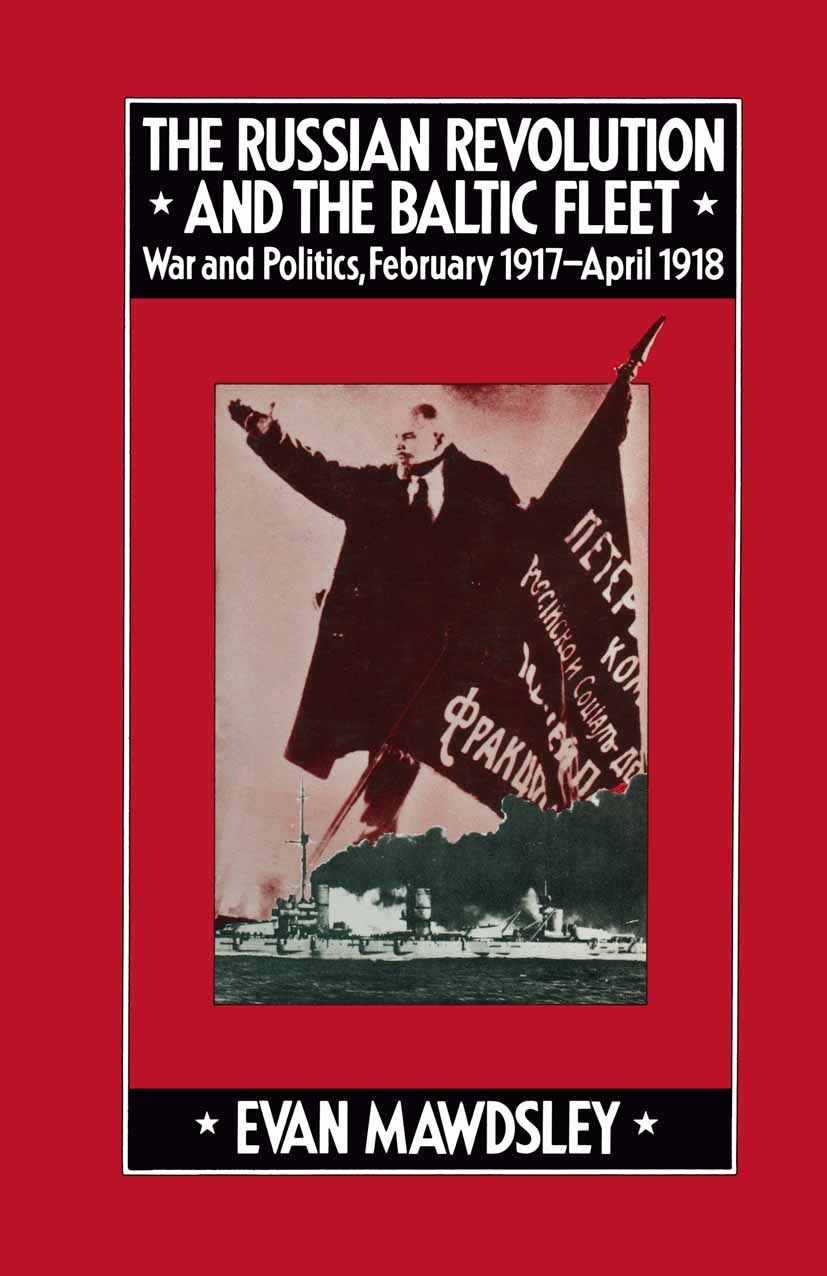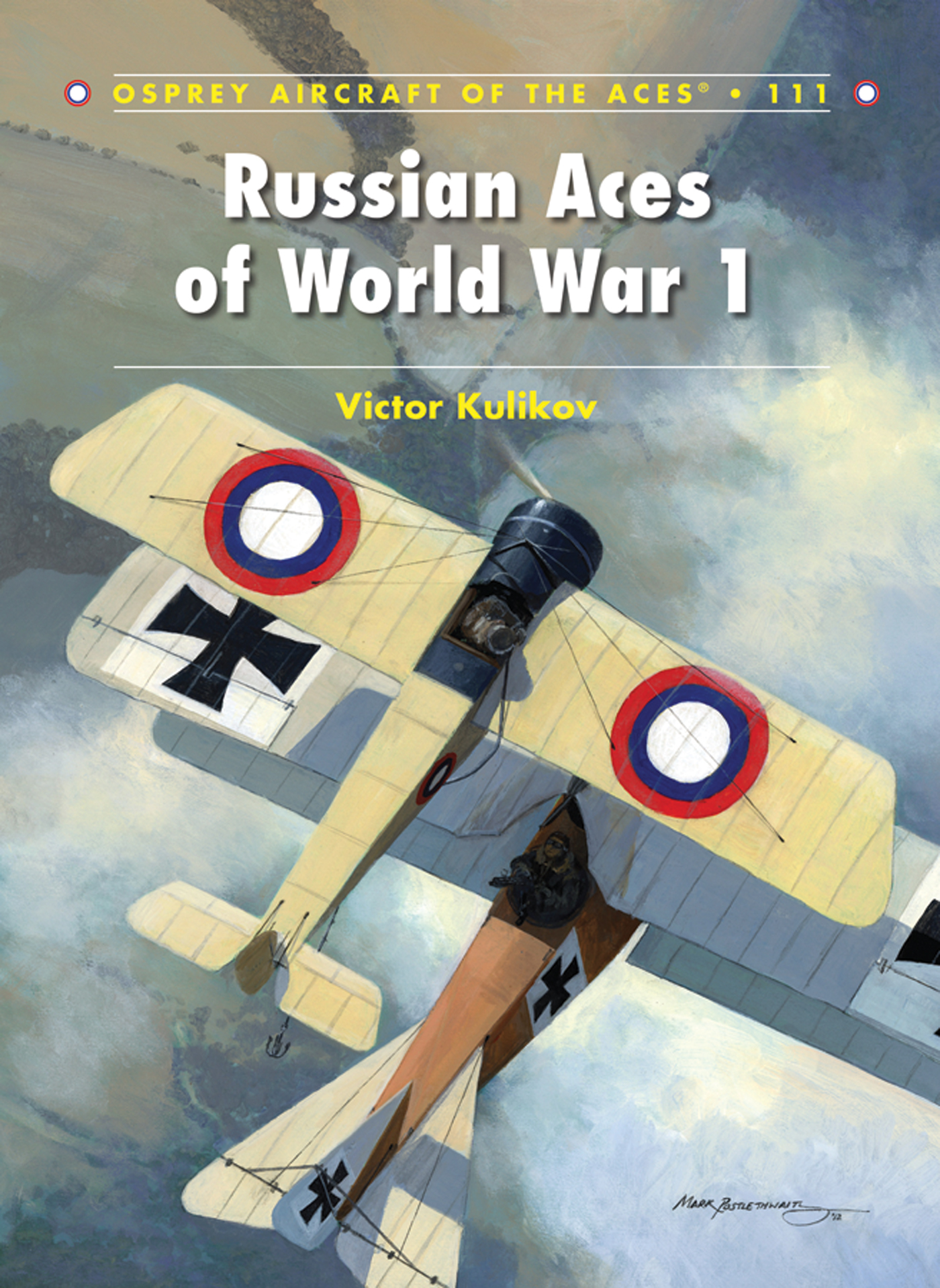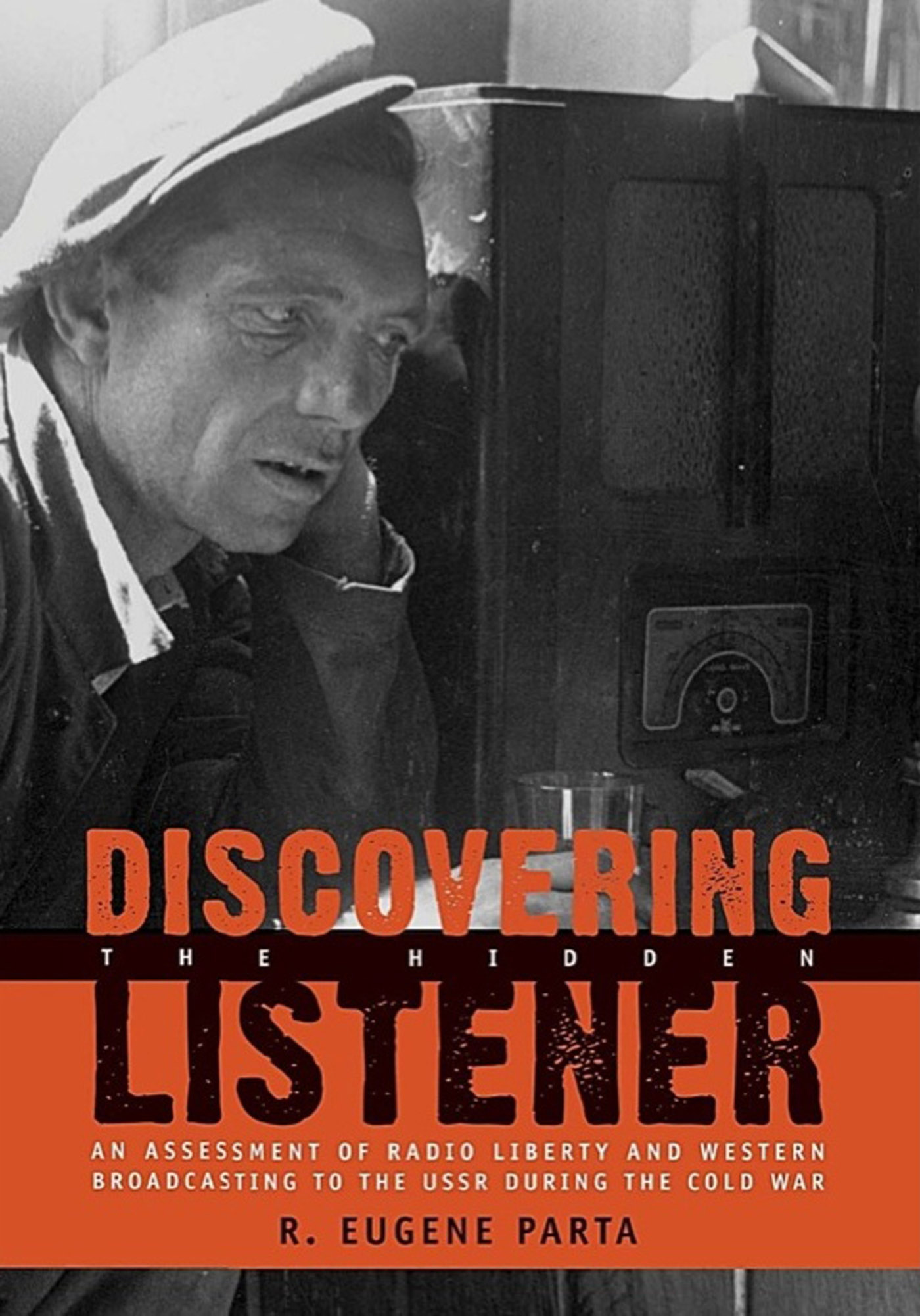How Armies Grow
by Matthias Strohn
2020-04-19 08:34:35
The first two decades after the end of the Cold War were characterized by governments' desires to reduce the sizes of their armed forces, not least in order to save money. Hand in hand with this general reduction went an intellectual and doctrinal re...
Read more
The first two decades after the end of the Cold War were characterized by governments' desires to reduce the sizes of their armed forces, not least in order to save money. Hand in hand with this general reduction went an intellectual and doctrinal re-orientation of the armies from conventional warfare to counterinsurgency operations. These trends combined had a deep impact on all armies, in particular in Europe. The geopolitical landscape and the real and perceived threats from terrorist groups allowed for such developments to take place. As a result, capabilities were lost and the current generation of army leaders has lost the ability to think in terms of large-scale, conventional military operations. Recent changes to the geopolitical situation and current developments in Eastern Europe have resulted in a new shift of thinking. The pendulum has now swung back to large-scale, conventional operations. Once again, this has huge implications for the forces, from training to equipment. Today, armies are growing again in size and all armies look back to the past in order to learn something about the buildup, composition and use of large formations. Lessons that had been learned by armies the hard way and had been the accepted wisdom for decades or even centuries now have to be relearned. It is these lessons from history that this book addresses. What does history tell us about these processes? How did armies prepare and train for a major conflict in times of peace? What internal structure did the armies adopt? What were the problems in the areas of equipment and how could an army ensure that in the case of war enough of the right materiel was available? How did the armies ensure that the doctrine and training used in a small army was adequate for a much enlarged army in the case of total war? All these questions were as relevant then as they are now. This anthology analyzes a number of case studies and provides insights into themes and topics that characterized the so-called ‘reconstitution’ of armies in their historical and social contexts. The emphasis is on land forces, but air forces and navies of the relevant countries are also included. The period covered is the “age of total war” from the French Revolution to the end of the Second World War, which provides the intellectual framework for the challenges that armies are facing today.
Less







.jpg)























